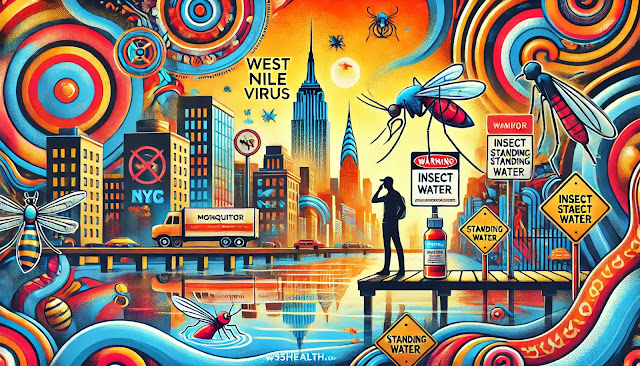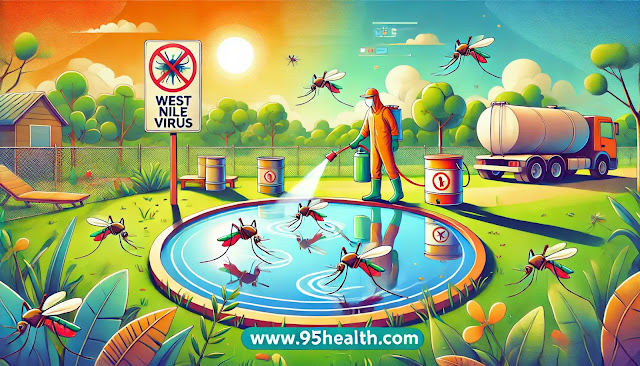H5N1 Confirmed in Five More US Dairy Herds and More Cats
Expanding the Battle Against H5N1
The US Department of Agriculture (USDA) has confirmed additional detections of the H5N1 avian influenza in dairy herds across the United States. Recent updates reveal the virus has spread to five more dairy herds, bringing the total number of affected herds to 129 across 12 states. The virus has also been found in domestic cats, expanding the scope of the outbreak and raising new concerns for public health and animal safety.
The Spread and Impact
H5N1, a highly pathogenic avian influenza virus, was initially identified in poultry but has since been detected in various mammal species, including dairy cows and cats. The latest detections in dairy herds occurred in states such as Kansas, Michigan, and Texas. This marks a significant development, as avian influenza has traditionally been associated with birds rather than mammals.
Measures to Contain the Virus
The USDA and the Centers for Disease Control and Prevention (CDC) are actively involved in efforts to contain the spread of H5N1. Measures include enhanced biosecurity protocols for affected farms, monitoring and testing of animals, and public health advisories to prevent the virus from spreading further. The CDC is also conducting a seroprevalence study in Michigan to understand the impact of the virus on humans working closely with infected dairy herds.
Public Health and Safety
While the risk to the general public remains low, federal health officials emphasize the importance of preventive measures. Pasteurization processes have been shown to inactivate the H5N1 virus in milk, ensuring the safety of dairy products. However, raw milk consumption remains a risk, and the public is advised to avoid it to prevent potential exposure to the virus.
Continued vigilance and research are crucial in managing and mitigating the effects of the H5N1 outbreak. The USDA’s ongoing genetic sequencing efforts and the CDC’s studies will provide valuable insights into the virus’s behavior and transmission patterns. These efforts are essential to developing effective strategies to combat the virus and protect both animal and human health.






